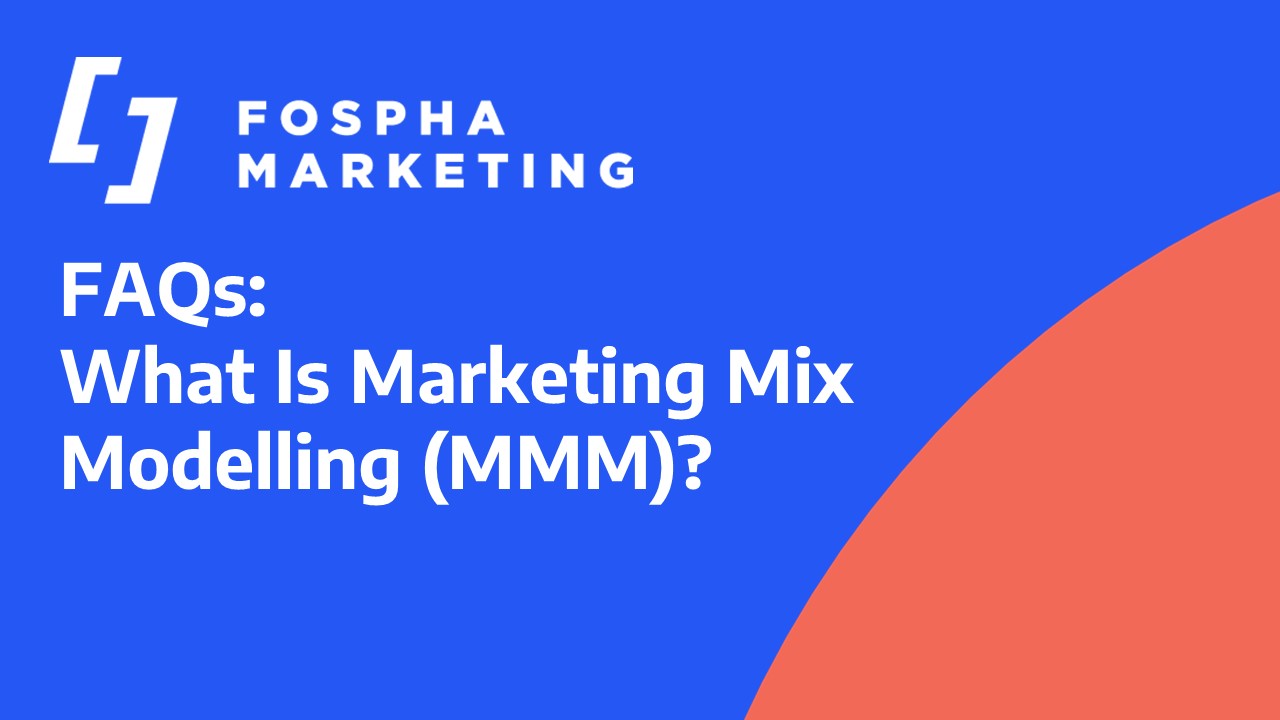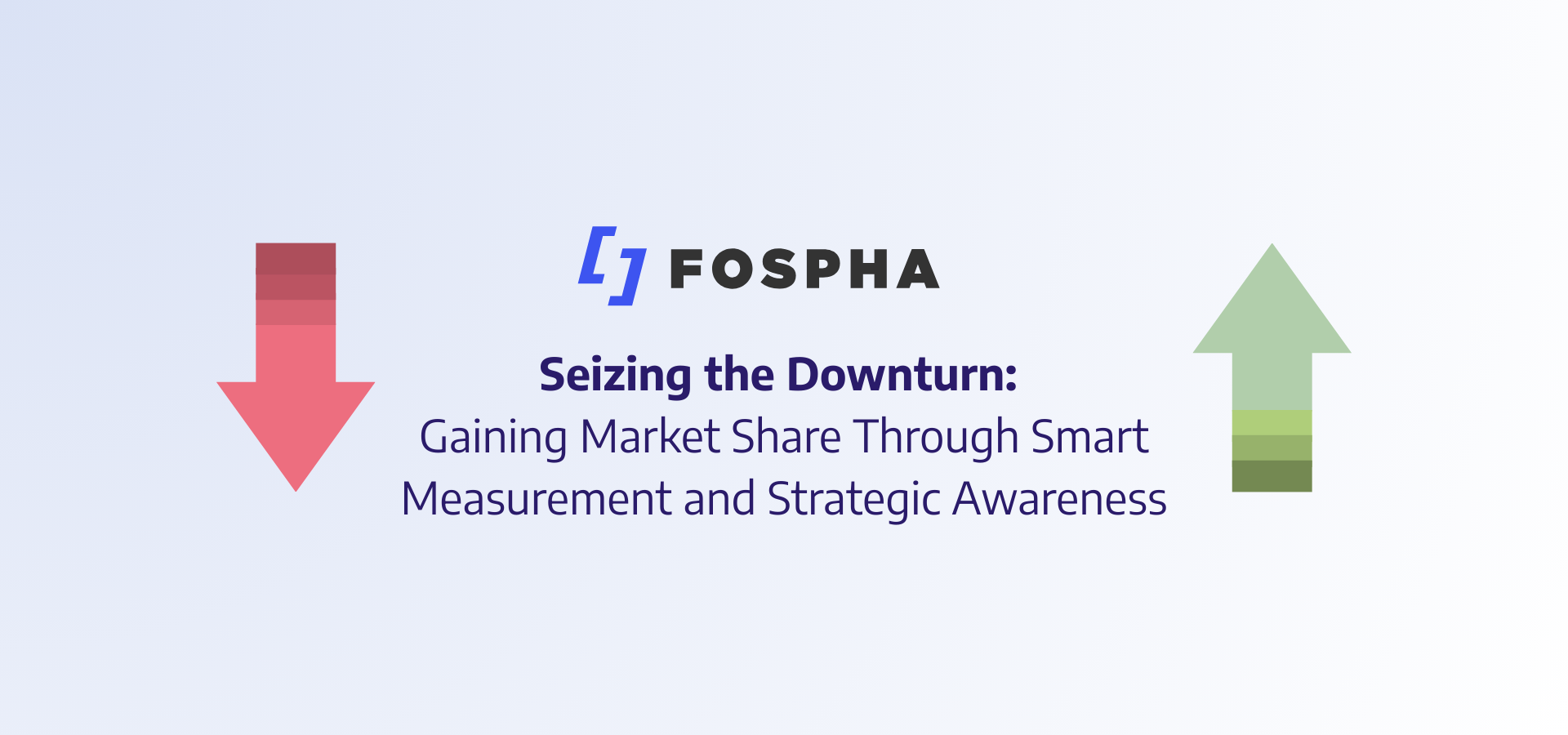Marketing Mix Modelling is the use of econometric modelling to measure the performance of your marketing channel portfolio.
This means that instead of using technologies such as cookies to measure track the customer journey and attribute value to touchpoints like multi-touch attribution, Marketing Mix Modelling uses aggregated data related to channel spend, impressions, sales and revenue to tell you the incremental impact of each pound or dollar spent.
So instead of answering the questions like ‘what is the individual value of that keyword?’ Marketing Mix Modelling can tell you where you should be spending the next £100,000, which means it’s a great tool for media planning.
Marketing Mix Modelling encompasses all advertising – above and below the line – and can model the relationship between offline spending and online activity, unlike multi-touch attribution which normally only attributes value to digital activity.
As we move towards a world of privacy-safe measurement, Marketing Mix Modelling is becoming increasingly important for a few reasons: Firstly, the major ad platforms have become walled gardens as they respond to consumer privacy concerns, which means they no longer share user-level data related to advertising. So if you want to get an independent, cross-channel view of the performance of channels like Programmatic Display or the incremental impact of Facebook Ads, MMM can do that for you; Secondly, because it doesn’t rely on cookies – remember we’re not tracking people, we’re measuring the incremental impact of spend and promotions – MMM isn’t impacted by the restrictions on cookies underway in browsers like Intelligent Tracking Prevention in Safari and now Chrome’s Privacy Sandbox.
MMM has been around for decades, pre-dating digital marketing but is increasingly effective with improvements in machine learning and data processing; at Fospha we’ve used such models to build predictive budget modelling tools which can tell you where you’ve reached saturation point in a channel, and which channels have more headroom to spend in.
Lastly, in planning your measurement strategy, Marketing Mix Modelling and Multi-Touch Attribution shouldn’t be thought of as binary choices. Each have their strengths, answering different questions and should be used together to provide a holistic view of marketing performance from the top down and bottom up.
For more information on Fospha’s approach, you can get in touch with us here or email us at tellmemore@fospha.com


